Name: Rabbit Anti-Human H3K27me3 (Lys27) Monoclonal Antibody (Clone C36B11)
Description and aplications: The nucleosome, which consists of four core histone proteins (H2A, H2B, H3 and H4), is the main component of chromatin. Originally thought to function as a static scaffold for DNA packaging, histones have subsequently been shown to be dynamic proteins, undergoing multiple types of posttranslational modifications, including acetylation, phosphorylation, methylation, and ubiquitination. Histone methylation is a fundamental determinant for
the formation of active and inactive regions of the genome and is crucial for their proper programming during embryonic development. Arginine methylation of histones H3 (Arg2, 17, 26) and H4 (Arg3) promotes transcriptional activation and is mediated by a family of arginine methyltransferase (PRMT)-like proteins, including the coactivators PRMT1 and CARM1(PRMT4). In contrast, a more diverse set of lysine methyltransferase-type histones has been identified, among which all but one contains a conserved catalytic SET domain, and that was originally identified in the Zeste and Trithorax regulatory proteins of the fly Drosophila Su (var) 3-9. Lysine methylation occurs primarily at histones H3 (Lys4, 9, 27, 36, 79) and H4 (Lys20) and has been implicated in both transcriptional activation and gene silencing. Additionally, methylation of these lysine residues coordinates the recruitment of chromatinmodifyinenzymes containing methyl lysine binding modules, either as chromodomains (HP1, PRC1), PHD fingers (BPTF, ING2), Tudor domains (53BP1) and WD-40 domains (WDR5). Finally, the discovery of histone demethylases such as PADI4, LSD1, JMJD1, JMJD2 and JHDM1 has demonstrated that methylation is a reversible epigenetic marker. NF1 mutations and inactivation of CDKN2A are found
in most malignant peripheral nerve sheath tumors (TMVNP), where inactivation of CDKN2A is an early event during their development, occurring in the course of progression from conventional to atypical neurofibroma. Furthermore, inactivation of the polycomb repressive complex 2 (PRC2) resulting from mutually exclusive mutations of its SUZ12 or
EED1 portions has recently been identified in 70-90% of TMVNPs. In this regard, inactivation of PRC2 leads to loss of trimethylation at histone H3 lysine 27 (H3K27me3).
Composition: Anti-human H3K27me3 (Lys27) rabbit polyclonal antibody obtained from ascitic fluid and prepared in 10mM PBS, pH 7.4, with 0.2% BSA and 0.09% sodium azide.
Immunogen: Synthetic peptide corresponding to the terminal amino acids of human histone 3 in which Lys27 is trimethylated.

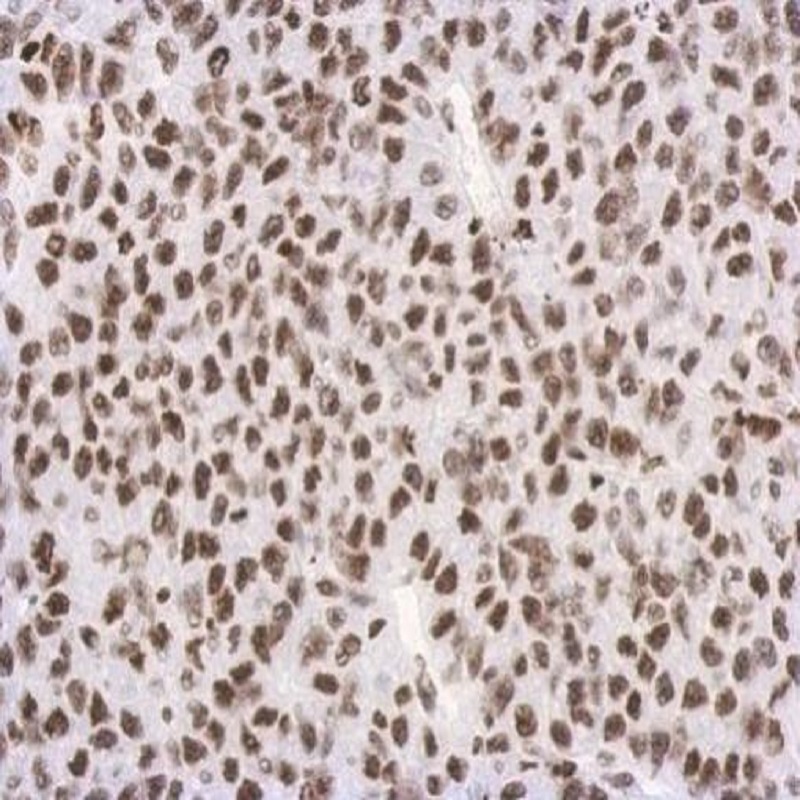
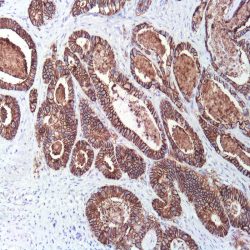
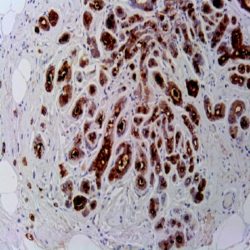
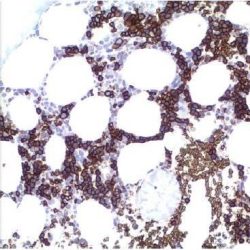
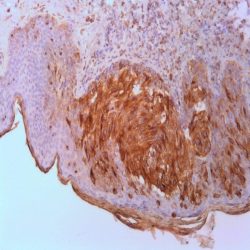
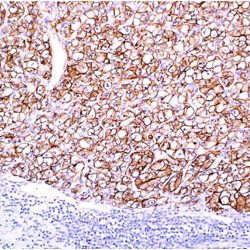
Reviews
There are no reviews yet.